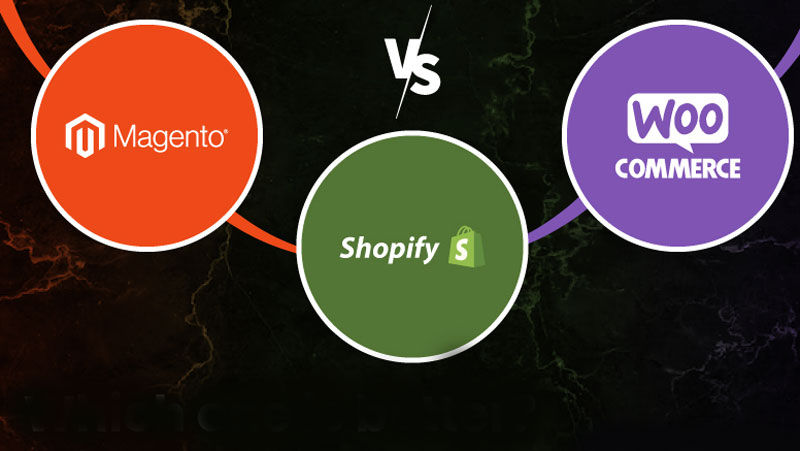Shopify Vs WooCommerce Vs Magento – Comparing Leading Ecommerce Brands
- Articles Network
- Jul 5, 2024
- 3 min read

Some of the applications in the class include Shopify for businesspersons interested in selling products or services online, WooCommerce, and Magento.
Selecting the right platform is another critical factor when tendering customer satisfaction and satisfaction when customers are shopping online as well as to ensure efficiency when the business is conducting the online store.
In the following article, I described the brief overview of these Shopify Vs WooCommerce Vs Magento, the main options, simplicity, extensibility, pricing and strengths & weaknesses of each solution.
Ease Of Use
Shopify is the easiest to use compared to the three tools since it has a drag and drop store builder and a large app store. All aspects of the store are designed to be easy; be it adding products, or changing the appearance of the last step of the ordering process.
WooCommerce is relatively easy to navigate because the platform is WordPress, though it can be complex depending on the customization level. Before they can get on social media websites, merchants require web hosting and WordPress most of the time.
However, it is a little bit harder for the new users to navigate around because Magento comes packed with features that are quite complicated.
Features
Shopify also has a high number of integrated applications for inventory, shipping, and analysis, and many others by default, while WooCommerce has fewer, but more than 500 extensions available.
Magento is designed with developers in mind and therefore allows for virtually unlimited store management and customization of the store with added features. It is not simple, but it is the most flexible construct that can be chosen.
Scalability
Magento again is the most scalable platform that can actually support enterprise-level functionality and huge sales volume. Shopify and WooCommerce are initially better for smaller or mid-tier selling.
But it is possible to grow and support large stores after integrating additional apps or using an additional server. Magento enables businesspeople to achieve easy expansion of their revenues on the Internet.
Pricing
Shopify and BigCommerce’s monthly plans range from $29 to $299 depending on the features and the transactions which have a 0.5% to 2% fee. Unfortunately, WooCommerce has no monthly fee because it is a plugin for WordPress but hosting and necessary extensions cost money.
Magento Open Source is an open source, free to download version most of the heavy coding work has to be done while you have to pay thousands of dollars per annum for Magento Enterprise version which comes with licensing, hosting, support etc.
Pros of Shopify
- Even more, the users interface is So very intuitively designed
- Another advantage of using the app is that it can be easily integrated with other apps.
- Furthermore, it is important to note that the company offers customer support services throughout the day.
Cons of Shopify
- Other fees for the transactions which are charged besides the cost of the monthly transaction.
- The first disadvantage of using the cloud is that it has less control as compared to self-hosting solutions.
Pros of WooCommerce
- Software that are developed for the public and come with no fixed monthly charges.
- Deep WordPress integration
- Flexibility and variability
Cons of WooCommerce
- They entail managing the host and the software updates.
- Extensions without fail increases the cost.
- Limited built-in features
Pros of Magento
- A highly flexible and versatile software for the management of an online business.
- Better predictability of growth and expansion or scalability as the business progresses to the next level.
- Lots of built-in features that are available to the application developers.
Cons of Magento
- Extremely high skill barrier
- High implementation cost and complicated process
- To sustain it means to make constant alterations, which need technical support
Conclusion
Knowing importance brand identity and comparing Shopify, WooCommerce, and Magento comes down to the objectives of the venture, the owners’ technical proficiency, and their capital.
This can be done at a cheap cost and flexibility by use of WooCommerce linked with WordPress. Magento has core capabilities that enable features for fast-growing brands to scale.
Evaluating the number of products, the expected traffic and the company’s growth strategies could help define which platform provides the appropriate apps.






























Comments